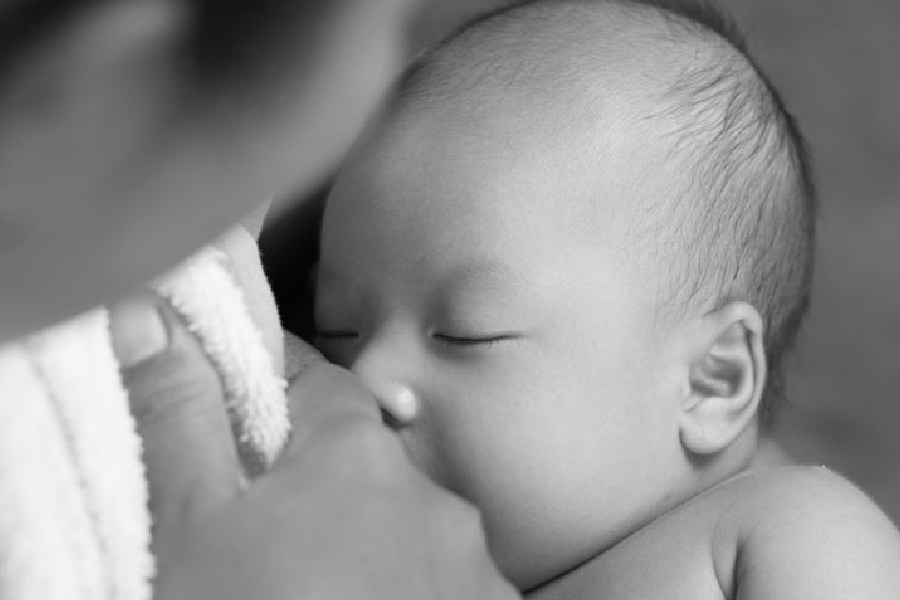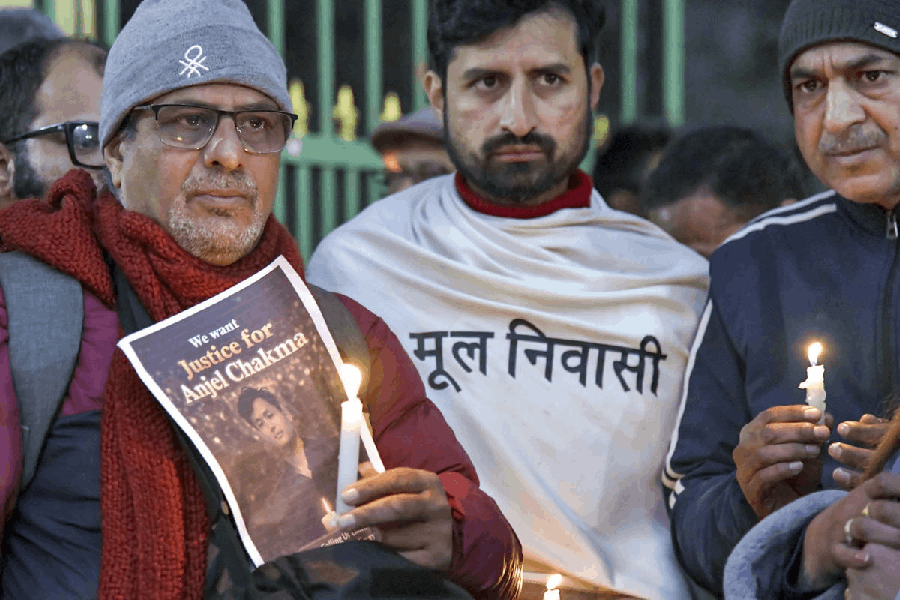Nearly three in four lactating women sampled in Bihar’s Gangetic plains have dangerously high mercury concentrations in their breast milk, researchers have warned, calling for source-tracing investigations and medical interventions to mitigate the risk.
The researchers found the mercury levels in the breast milk of 134 (74 per cent) of 181 women exceeded the safety threshold of 1.7 micrograms per litre. In 56 women, the mercury concentrations were 30 times the threshold or higher.
This is the first study to report high mercury levels in breast milk from eastern India, a region where earlier research has already documented widespread exposure to arsenic and lead in theenvironment, the researchers from multiple academicinstitutions said in their research study.
“The source of the mercury in the breast milk fornow remains a mystery,” said Arun Kumar, a cancer biologist and environmental toxicologist at the Mahavir Cancer Institute and Research Centre, Patna, who led the study. “Such high concentrations warrant urgent actions,” he told The Telegraph.
The researchers also found that 93 (54 per cent) of 172 infants had mercury concentrations in urine that exceeded the limit of 10 microgram per litre. Health experts believe mercury in breast milk poses serious health risks to infants whose developing brains and nervous systems are vulnerable to toxic exposures. Earlier studies suggest that even low levels of mercury exposure can impair cognitive development, motor skills and increase the risk of long-term neurological damage.
The study by Kumar and his collaborators from the All India Institute of Medical Sciences, New Delhi, the National Institute of Pharmaceutical Education and Research, Vaishali, the Geological Survey of India, and other institutions was published lastweek in the journal BMCPublic Health.
The researchers collected breast milk and blood and urine samples from 181 women from 11 districts — Bhojpur, Buxar, Saran, Patna, Vaishali, Samastipur, Nalanda, Darbhanga, Begusarai, Munger and Khagaria — who consented to participate in the study. They collected urine samples from 172 infants.
They found mercury concentrations above the safety threshold in the breast milk, blood, and urine samples only from Bhojpur, Buxar, Patna, Nalanda, Begusarai, Khagaria and Darbhanga.
“The correlation between samples from lactating mothers and infants strongly suggests the infants are consuming mercury-laced breast milk,” Kumar said.
An analysis of the locations from where the samples were collected suggests that populations in Bhojpur, Patna and Nalanda along the southern bank of the Ganges are exposed to the highest concentrations of mercury.
Potential sources could be industrial effluents or other human-generated wastes. Mercury can enter the human body through consumption of contaminated food or water, inhalation of mercury vapours or skin contact with mercury-containing substances.











